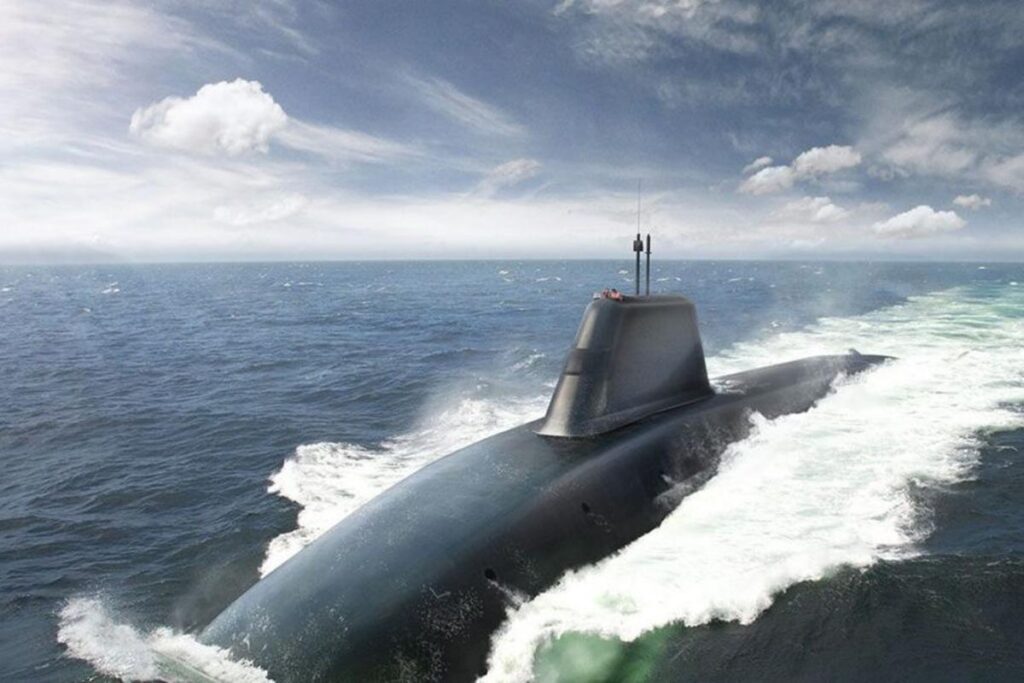Submarine warfare has long been a crucial element in naval conflicts, with submarines being referred to as “silent killers” for their ability to operate undetected beneath the ocean’s surface. This article provides an in-depth exploration of the historical significance of submarine warfare, from World War I and World War II to the modern era. The strategies and tactics employed by submarines, such as stealth maneuvers and torpedo usage, are also discussed. Moreover, the advancements in technology, including improved sonar and radar systems, as well as the development of nuclear-powered submarines, are highlighted. Ultimately, the article emphasizes the enduring significance of submarines as a formidable and lethal force in naval warfare.
Submarine Warfare: Strategies and Tactics of Silent Killers
Introduction
Submarine warfare has played a crucial role in naval conflicts throughout history. Submarines, or “silent killers” as they are often called, are able to operate undetected beneath the surface of the ocean, making them a formidable force to be reckoned with. In this article, we will explore the strategies and tactics used in submarine warfare, from historical examples to modern advancements.
Historical Examples
Submarine warfare has been used in many significant historical conflicts. During World War I, German U-boats wreaked havoc on Allied shipping, sinking thousands of vessels and cutting off vital supply lines. In World War II, submarines played a key role in disrupting Japanese supply lines in the Pacific and hunting down enemy warships in the Atlantic.
Strategies and Tactics
Submarines employ a variety of strategies and tactics to achieve their objectives. One of the most important tactics is stealth. Submarines are designed to operate quietly and avoid detection by enemy ships and aircraft. This allows them to strike without warning and disappear before the enemy can retaliate.
Another important tactic is the use of torpedoes. These underwater missiles are the primary weapons of submarines, and they are used to sink enemy ships and other targets. Submarines are also capable of launching cruise missiles, making them a versatile and deadly threat.
Modern Advancements
Modern submarines are equipped with advanced technology that greatly enhances their capabilities. Improved sonar and radar systems allow submarines to detect and track enemy vessels from greater distances. Additionally, advancements in stealth technology make modern submarines even harder to detect and track.
Another key advancement is the development of nuclear-powered submarines. These vessels are capable of staying submerged for extended periods of time, giving them unparalleled endurance and range. Nuclear-powered submarines also have the ability to launch ballistic missiles, making them a formidable part of a nation’s nuclear deterrent.
Conclusion
Submarine warfare continues to be a critical component of naval strategy. The stealth and lethality of submarines make them a formidable force on the battlefield. As technology continues to advance, submarines will only become more capable and deadly. It is clear that submarines will remain a silent but deadly force to be reckoned with for the foreseeable future.
